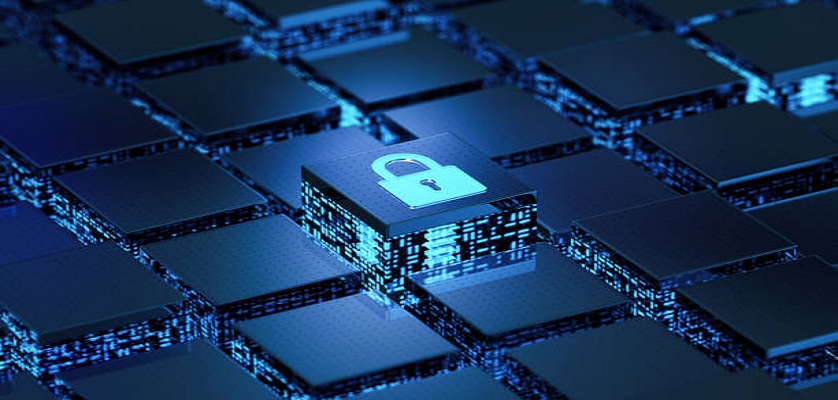Blockchain technology has revolutionized the way we think about data security and trust in the digital age. It provides a decentralized and tamper-proof ledger that has applications across various industries, from finance and healthcare to supply chain management. However, while blockchain offers unparalleled security advantages, it’s not immune to vulnerabilities. To ensure the safety and integrity of your blockchain system, it’s crucial to implement robust security measures. In this article, we’ll explore seven important things to keep your blockchain system secure.
Consensus Mechanism
One of the fundamental aspects of blockchain security is the consensus mechanism. Validating the transaction and adding it to the blockchain system, all this work is done by this system. Bitcoin, for example, uses Proof of Work (PoW), while Ethereum is transitioning from PoW to Proof of Stake (PoS). The choice of consensus mechanism significantly impacts security.
PoW requires participants (miners) to solve complex mathematical puzzles, which deters malicious actors from taking control of the network. PoS, on the other hand, relies on validators who “stake” their cryptocurrency to participate in the validation process. Both systems have different security considerations.
To keep your blockchain secure, carefully select a consensus mechanism that aligns with your specific use case, taking into account factors such as scalability and energy efficiency.
Cryptographic Techniques
Blockchain systems heavily rely on cryptographic techniques to secure data and transactions. Public and private keys, digital signatures, and hash functions are some of the key components of blockchain cryptography. It’s vital to ensure that cryptographic algorithms and key management practices are robust.
Regularly update cryptographic standards and algorithms to stay ahead of potential threats. Also, implement strong encryption and secure key storage mechanisms to protect sensitive information.
Smart Contract Security
Smart contracts, self-executing contracts with the terms of the agreement directly written into code, are a cornerstone of blockchain applications. However, they can be susceptible to vulnerabilities and exploits. To secure your blockchain system, perform thorough code audits and testing on your smart contracts to identify and rectify vulnerabilities.
Additionally, consider implementing formal verification techniques to mathematically prove the correctness of your smart contracts, reducing the risk of unintended consequences.
Network Security
The decentralized nature of blockchain networks makes them resistant to centralized attacks. However, network security is still a crucial aspect of overall blockchain security. Protect your blockchain nodes from Distributed Denial of Service (DDoS) attacks, and ensure that your peers are authenticated and authorized to participate in the network.
Implement firewalls, intrusion detection systems, and regular security audits to monitor and safeguard your network infrastructure.
Regular Updates and Patch Management
Blockchain technology is continuously evolving, and so are the security threats. It’s imperative to stay updated with the latest security patches and updates for your blockchain software and related components.
Set up a robust patch management system to ensure that all components of your blockchain system, including nodes, wallets, and third-party libraries, are up to date with the latest security fixes.
Access Control and Identity Management
Access control and identity management are critical for blockchain security. Ensure that only authorized individuals or entities can access and modify your blockchain system. Implement strong authentication mechanisms, such as multi-factor authentication (MFA), and enforce role-based access control (RBAC) to limit privileges based on user roles.
Moreover, consider decentralized identity solutions that allow users to have control over their personal data and identity while interacting with your blockchain system.
Backup and Disaster Recovery
In the event of a catastrophic failure or a security breach, having a robust backup and disaster recovery plan can be a lifesaver. Regularly backup your blockchain data and ensure that backups are securely stored and encrypted. Test your disaster recovery procedures to ensure that you can quickly and effectively restore your blockchain system to a secure state.
Conclusion Of Blockchain System
Blockchain technology offers remarkable security advantages, but it’s not immune to threats. To keep your blockchain system secure, you must adopt a holistic approach to security. This includes selecting the right consensus mechanism, implementing strong cryptographic techniques, securing smart contracts, and maintaining network security.
Regular updates and patch management, access control, and identity management are essential components of blockchain security. Additionally, having a backup and disaster recovery plan in place can help mitigate the impact of unforeseen security incidents.
As the blockchain landscape continues to evolve, staying vigilant and proactive in addressing security challenges will be crucial to harnessing the full potential of this transformative technology while keeping your blockchain system secure.

